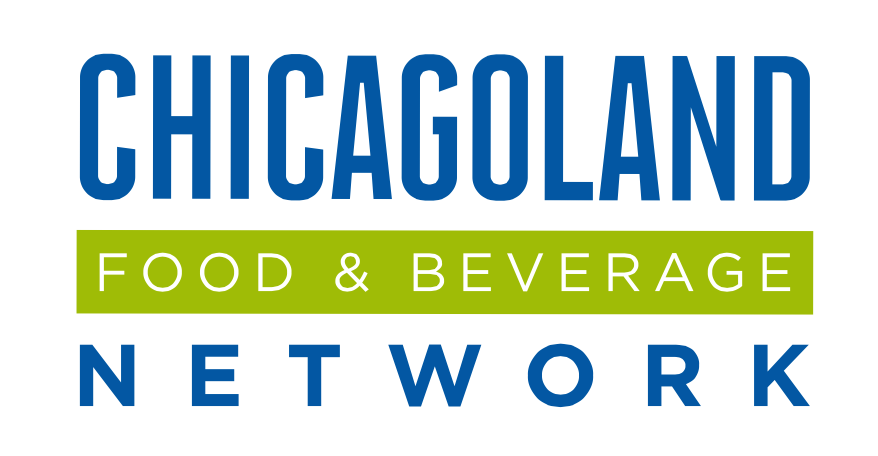 Over the past two years, a wave of new, exciting pizzerias has spread across the region, and Pizza City Fest thinks it’s about time we celebrate Chicago's pizza diversity. The first Pizza City Fest brought together 40 of the region’s best pizza makers for two days of pizza making and appreciation in the West Loop, along with speakers, demos and seminars.
Over the past two years, a wave of new, exciting pizzerias has spread across the region, and Pizza City Fest thinks it’s about time we celebrate Chicago's pizza diversity. The first Pizza City Fest brought together 40 of the region’s best pizza makers for two days of pizza making and appreciation in the West Loop, along with speakers, demos and seminars.
For the 2nd annual event, it'll continue with another 40 pizza makers, but there's a bit of a change to improve the experience. Steve Dolinsky – a 13-time James Beard Award-winning food reporter, currently “The Food Guy” at NBC 5 Chicago – has made it his mission to dispel myths and show the world there is more to the Windy City than just deep-dish, stuffed or tavern-style pies. He’s written two books on the subject, launched a weekly tour business, produces and hosts a bi-monthly podcast and is now taking the next step – creating a series of pizza festivals.
CFBN members go to MEMBER PERKS for your discount code.

